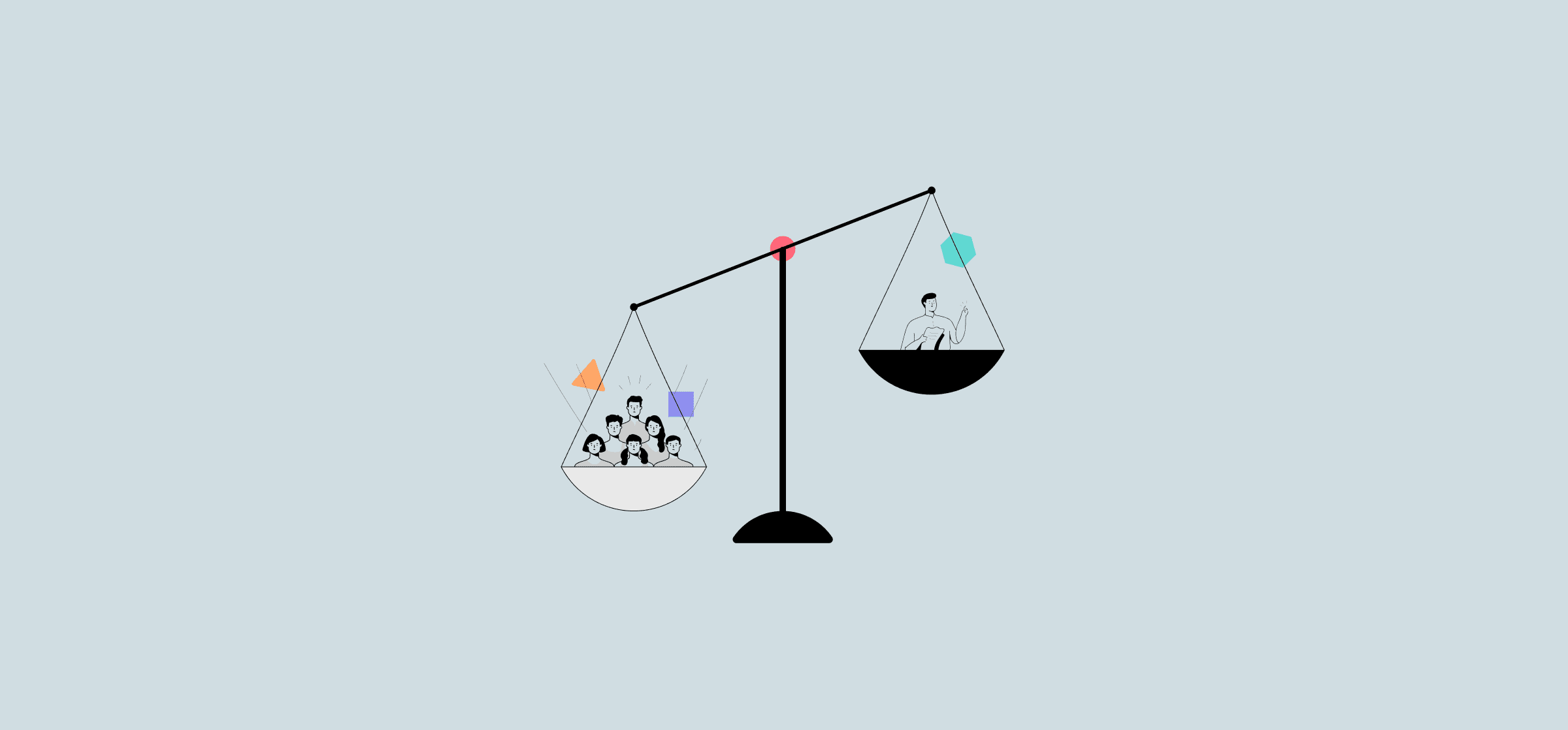Project Collaboration: A Definition and a Step-by-Step Guide
Have you had projects spin out of control? Maybe you’re watching other teams get their work done smoothly and wondering why you’re struggling? It might be because your team’s collaboration is breaking down during those projects. It turns out that collaborating on a project isn’t always so straightforward, and it requires practice and constant improvement.
Ready to dive in? Let’s go.
What is project collaboration?
Project collaboration is defined as bringing people together to work on taking a project to the finish line. Often, these efforts will be led by a project manager, who takes care of planning the project, ensuring the team has everything they need to complete their tasks, and keeping an eye on execution throughout the whole process.
This discipline covers project management best practices, team management, risk management, and more. Essentially, anything that goes into making sure people work together more effectively to close out a project falls under the umbrella of project collaboration.
While a project manager isn’t essential for project collaboration to take place, they’re a great help. Their training is all about making sure project collaboration goes off without a hitch. That said, anyone collaborating on a project can contribute to these efforts with just a few project management tricks.
The benefits of project collaboration
For one, your project is a lot more likely to succeed.
If everyone’s working in their own little bubble, with no idea what anyone else is doing or how their work contributes to the overall project, you’re not likely to ever see the finish line. Someone needs to clearly outline a project’s goals, its potential pitfalls, and the deliverables everyone will be contributing to. Clear parameters for how the team will work together are also essential.
Another key benefit of solid project collaboration practices? You can do a lot more with less. Think about it this way. Without proper planning and other collaborative efforts, a ton of time and other resources will be wasted on following up with the rest of the team, making sure everything’s on track, and — worse — potentially doubling up on work. When you take the time to clearly establish how people will collaborate during a project, you eliminate a lot of busywork and confusion, meaning there’s more time to focus on project-critical tasks. So where an uncoordinated team could potentially take weeks to deliver on a project, a team that’s a similar size but knows how to collaborate properly can do it in a lot less time. The same can be said of budget and other resources. Working in a chaotic, disorganized way drains resources. Proper project collaboration ensures you do the most with the resources you have.
Finally, getting your project collaboration on point give your team a superstar reputation. That’s because being able to collaborate effectively is a hugely transferrable skill. Get it right on one project and you’re likely to get it right on the next one. That means employees get promotions, leaders get recognized, and stakeholders are kept happy.
Key steps for successful project collaboration
No matter what kind of project you’re running, getting a handle on collaboration usually follows the same basic steps.
Planning
The first step to making sure your project goes off without a hitch? Taking the time to lay out everything you’re going to do, how you’re going to do it, and potential risks that could pop along the way will help you go far.
Execution
As you work on your project, you need to stay on top of what everyone’s working on. This responsability will vary depending on your role, of course. If you’re the project manager, you need to keep everyone on task and watch just about everything. But if you’re an individual collaborator, you probably only need to watch out for the tasks blocking your work.
Monitoring
Where execution is about making sure work gets done, monitoring is about watching performance metrics, keeping communication channels open and correcting your approach as needed. Project managers will use reports to ensure tasks are being completed on schedule, no one’s getting overworked, and you’re not running out of resources halfway through your project.
The tools you need for project collaboration
When you want to get your project collaboration on track, you need to make sure you have the right tools. Here are three types of tools you absolutely need for this.
- Project management apps: With the right project management app, a lot of the work you need to do to keep track of everything is done for you. Tools like Asana, Trello, and ClickUp help you manage dependencies, plan out projects, and even report on how the team is doing.
- Reporting tools: By adding a reporting tool to your stack, you’ll be able to better communicate project progress with stakeholders and keep individual collaborators in the loop.
- Automation platforms: A ton of manual work goes into collaborating on projects. With automation platforms, you can get rid of a lot of that manual work while improving productivity overall.
Project collaboration happens whenever you have a team working to bring a project to completion. But when you actually take the time to break down how your team collaborates and make improvements, your projects will run a lot smoother, you’ll be able to do more with less, and your stakeholders will be a lot happier.


